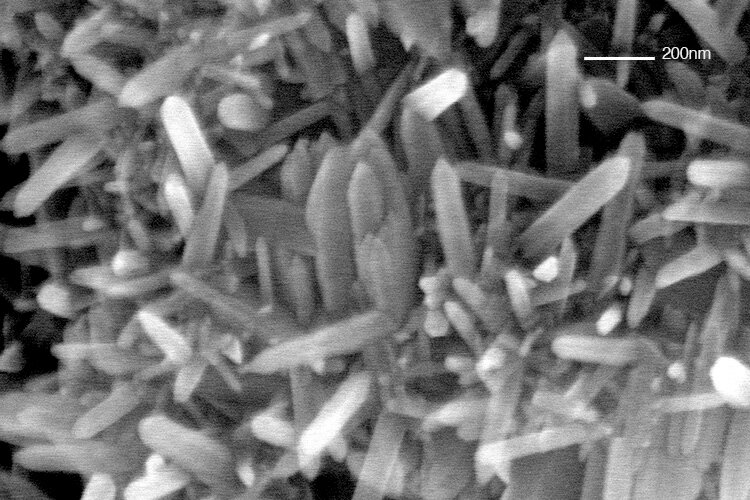
New Method for Bonding Polymers to Steel: The manufacturing industry is constantly on the lookout for more efficient manufacturing materials, but most new methods for developing such materials created in the lab are not suited for industrial-scale use. Now, investigators from The Institute of Industrial Science at The University of Tokyo have developed a cheap and simple method of bonding polymers to galvanized steel—that is, steel with a coating of zinc layered over it—to create a lightweight and durable material that can feasibly be produced on an industrial scale.
As the manufacturing sector becomes increasingly incentivized to think about the environmental impact of their processes, new techniques are needed to ensure that parts can be made both sustainably (with a minimum of harsh chemicals and waste) and with a long lifetime before needing to be replaced. Galvanized steel is widely used in the automobile industry due to its excellent mechanical properties and corrosion resistance. However, because of its weight, polymer-metal composites are being increasingly applied as alternative lightweight materials with high durability. Unfortunately, traditional techniques to bond polymers to galvanized steel are unsuited for mass production as they often require harsh chemicals or specialized equipment.
In a study published recently in the Journal of Manufacturing Processes, a team of researchers at The University of Tokyo demonstrated a method by which a polymer can be bonded to galvanized steel simply by pre-treating the steel with an acid wash and dipping it in hot water. The acid wash strips the outer “passive layer” on the zinc coating of the steel which allows the hot water to form rough nanoscale needle structures on the true surface.
The researchers discovered that when a polymer was applied to the treated metal (in a process called injection-molded direct joining), it filled in the tiny gaps and ridges between and within the needle structures creating very strong mechanical linkages. “We found that immersion in hot water was a simple and effective method for producing nanoscale structures on the zinc coating for the polymer to adhere to, but that prior acid-washing to remove the passive layer was a necessary step for this to occur,” explains lead author Weiyan Chen.
The group also showed how the tensile-shear strength, which indicates how much force the polymer can withstand before being torn off the metal, increased with the complexity of the nanoscale structures on the galvanized steel surface. By optimizing the hot water temperature and treatment time to achieve peak complexity in the nanoscale structuring, the team was able to significantly increase the tensile-shear strength compared with untreated metal.
“Our process can be adapted for a wide range of hybrid joining applications, in which metal and plastic parts need to be permanently bonded,” says senior author Yusuke Kajihara. “Furthermore, our method does not use harsh chemicals or complicated procedures and thus is suited to the scale-up required for industrial application.” This work could lead to optimization of polymer-metal joining which would be a significant asset to the manufacturing industry.
New Method for Bonding Polymers to Steel: Original Article
High-strength steels to improve vehicle safety and efficiency












